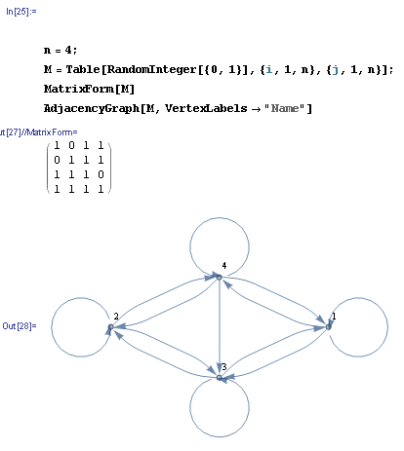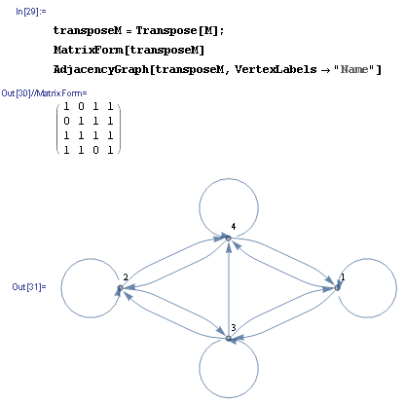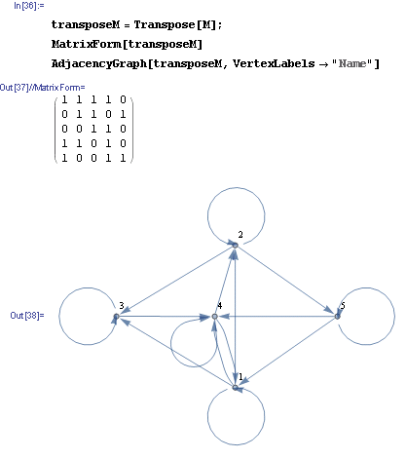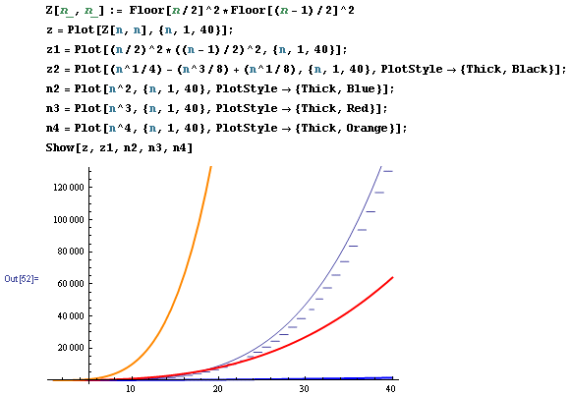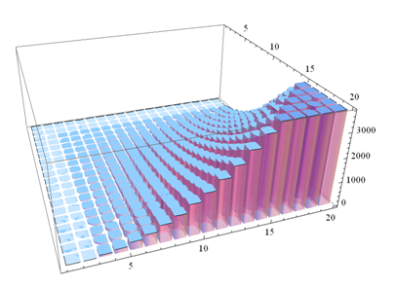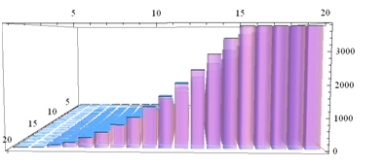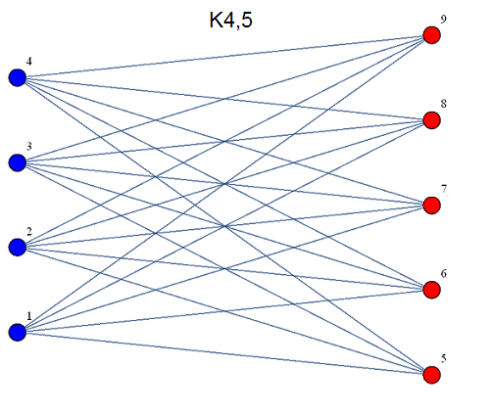To determine the crossing number of a K(9,9) I coded it on mathematica to get a visual of what I was dealing with and I noticed it was nearly impossible to figure out how many edge crossings were happening so I used
Using Zarankiewicz’ Conjecture crossing number theorem in order to figure out the crossing number mathematically. This was the only way I found to summarize the question at hand in a reasonable manner. Everything illustrated below.
As you can see it is very difficult to determine the crossing edges.
K(9,9)= [9/2][9-1/2][9/2][9-1/2]= 324
All though it has been conjectured to be 256.


